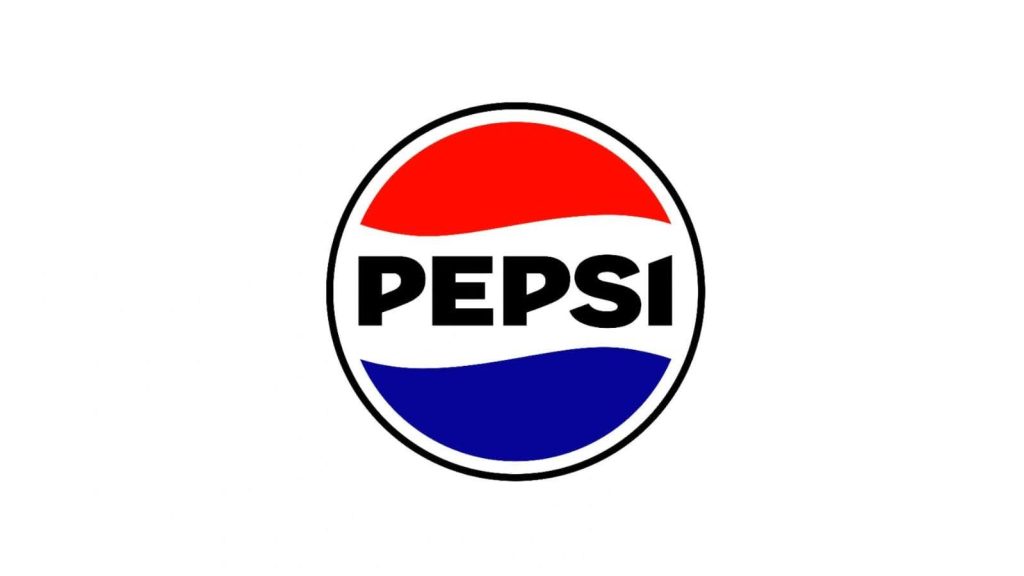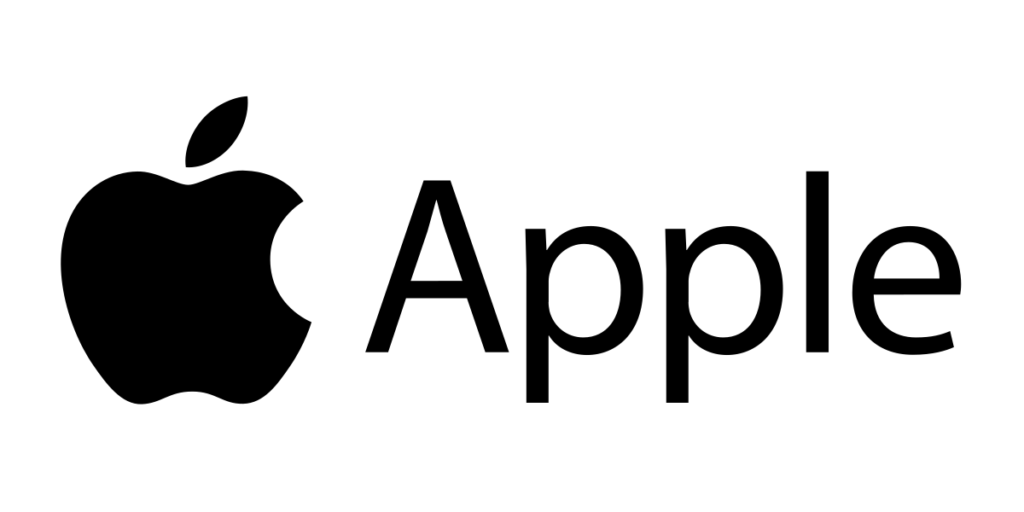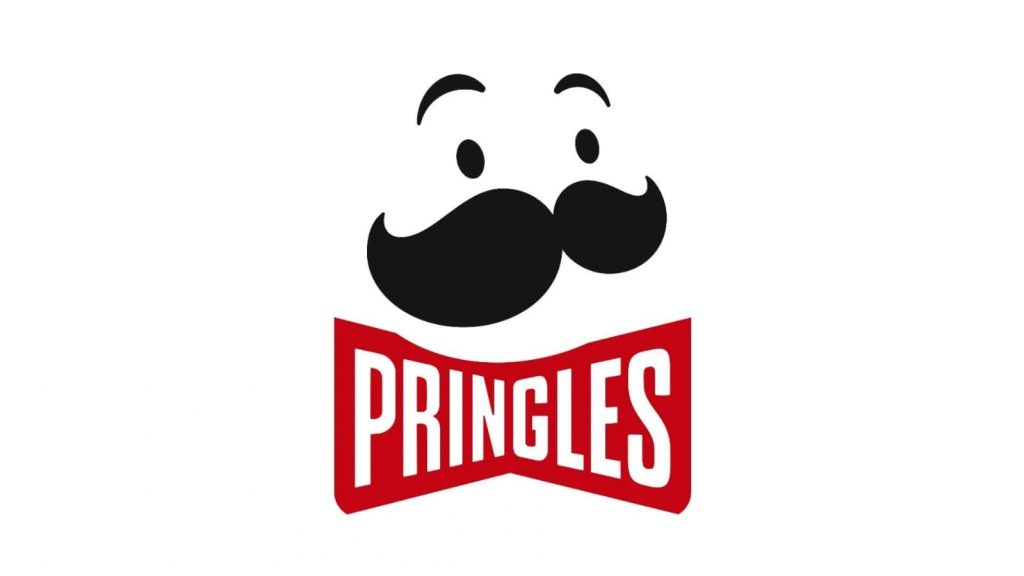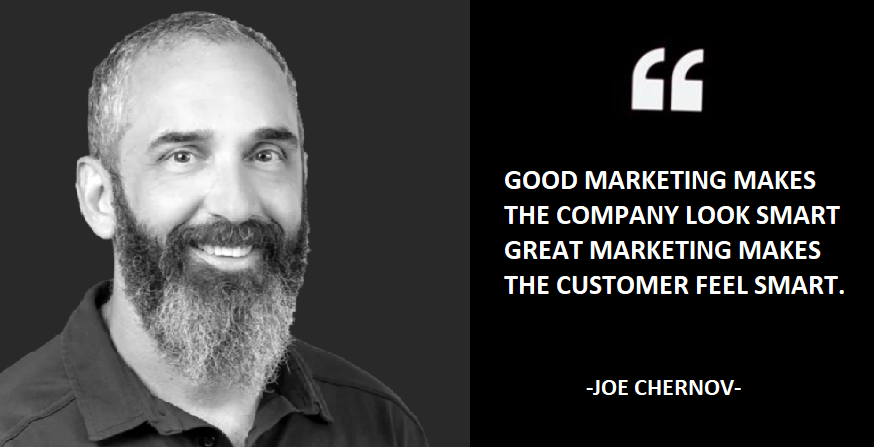Table of Contents
Introduction
A truly memorable commercial does more than just push a product—it sticks in the viewer’s mind, ignites conversations, and solidifies brand identity. Whether it’s humor, nostalgia, innovation, or storytelling, these campaigns show that marketing is as much about artistry as it is about strategy.
For today’s marketers, diving into these legendary commercials isn’t just a trip down memory lane—it’s a learning experience. Each ad demonstrates how brands turn their vision into emotion, using everything from cinematography to cultural timing to connect with audiences worldwide.
Let’s take a look at ten unforgettable commercials that have set the standard for advertising distinction, and the invaluable lessons they offer to every marketer looking to make a real impact.
#1 Coca-Cola “Masterpiece”

- Coca-Cola’s “Masterpiece” is a heartfelt nod to art, imagination, and the enduring link between creativity and refreshment.
- This commercial breathes life into iconic artworks—think Andy Warhol’s Marilyn Monroe and Vermeer’s Girl with a Pearl Earring. What’s truly brilliant is how Coca-Cola weaves its brand into the very fabric of inspiration.
- Instead of just pushing a product, the ad revels in the joy of creative expression, gently reminding us that Coke is part of life’s most beautiful moments. It’s a blend of emotional marketing and artistic finesse.
For marketers, “Masterpiece” serves as a powerful example of how brands can go beyond mere product promotion by aligning themselves with universal human values like creativity, passion, and connection.
#2 Pepsi – “All the Best Moments Are With Pepsi”

- Pepsi’s campaign dives into nostalgia, reviving memorable brand moments that span decades.
- Featuring clips from past ads and pop culture tie-ins, it reminds audiences of Pepsi’s long-standing relationship with fun, youth, and celebration.
- The strategy is clever—using nostalgia not just as a memory, but as a reaffirmation of brand consistency. Pepsi doesn’t chase trends here; it celebrates its heritage, showing that the brand has always been part of “the best moments.”
Marketers can learn that nostalgia marketing, when done authentically, can reignite emotional loyalty. It’s about making the audience feel that they’ve grown up with your brand, not just alongside it.
#3 E.L.F. Cosmetics – The Viral Ad Revolution

- E.L.F. Cosmetics cracked the modern marketing code by mastering social-first storytelling.
- Their ad campaign, powered by TikTok trends, user-generated content, and influencer participation, went viral not because it was flashy—but because it was authentic.
- By tapping into the audience’s creativity, E.L.F. turned viewers into brand advocates. The campaign’s friendly vibe and shareable content turned it into a perfect example of community-driven marketing.
For marketers, the takeaway is clear: in the age of short-form video, virality stems from relatability, not perfection. Empowering audiences to co-create can amplify brand visibility far beyond traditional ads.
#4 Apple – “1984”

- Apple’s “1984” commercial is legendary for a reason—it didn’t just advertise a computer; it launched a cultural movement.
- Directed by Ridley Scott, the ad portrays Apple as a liberator against conformity, symbolized by breaking the oppressive “Big Brother” figure.
- This campaign defined Apple’s identity as a revolutionary brand that empowers individuality.
- It aligned product innovation with a larger narrative of freedom and creativity, concepts that have remained central to Apple’s marketing ever since.
Marketers should note that bold positioning can pay off immensely when backed by authenticity. A single, powerful narrative can set the tone for a brand’s entire future.
#5 Burger King – Rebrand Video

- Burger King’s rebrand video marked a confident shift toward modernity while honoring its roots.
- With vibrant retro visuals, an updated logo, and a cleaner aesthetic, the campaign emphasized freshness; not just in food, but in brand perception.
- The brilliance lay in its strategic storytelling. The rebrand wasn’t a random visual refresh; it communicated a promise of better quality and sustainability, connecting brand design with customer experience.
For marketers, Burger King’s approach shows that rebranding works best when it aligns design evolution with a clear purpose. Visuals attract, but meaning retains.
#6 Pringles – “Stuck In”

- Pringles’ “Stuck In” commercial cleverly employed humor and absurdity to address a familiar and relatable situation: having your hand stuck in a Pringles can.
- The advertisement hilariously exaggerated this scenario, transforming what could have been a minor annoyance into a memorable punchline.
- This campaign excels in its simplicity. Rather than complicating matters, Pringles turned a small quirk into something iconic, showcasing how self-awareness and humor can make a brand feel more relatable.
Marketers can learn from this: often, the most impactful campaigns arise from embracing imperfections rather than concealing them. Authenticity always triumphs over perfection.
#7 Mercedes-Benz – “Chicken Magic Body Control”

- Mercedes-Benz’s “Chicken Magic Body Control” commercial is a masterclass in elegant humor.
- Using dancing chickens to demonstrate stability technology, the ad balances sophistication with playfulness, a rare blend for a luxury brand.
- The ad’s charm lies in its metaphor. Without showing the car once, Mercedes communicates innovation, precision, and grace; values that define its brand identity. It’s a perfect example of visual metaphor marketing done right.
For marketers, this ad proves that creativity doesn’t need excess. Clever simplicity, when grounded in brand truth, can speak louder than grand visuals.
#8 Amazon – “Alexa Loses Her Voice”

- Amazon’s “Alexa Loses Her Voice” ad features stars like Gordon Ramsay and Cardi B in a hilarious attempt to replace Alexa, but they just can’t get it right.
- The humor, perfect timing, and celebrity cameos made it one of the most buzzed-about Super Bowl ads in recent memory.
- But it’s not just about the laughs; the ad cleverly highlights how reliable and essential Alexa really is. Even with all those famous faces trying to step in, nothing can quite match Alexa’s efficiency.
Marketers can take a page from this playbook: humor shines brightest when it ties back to the brand’s strengths. The entertainment should complement the message, not overshadow it.
#9 Google – “Home Alone Again”

- Google’s “Home Alone Again” brings nostalgia and innovation together in a flawless blend of storytelling and technology.
- Reimagining scenes from the beloved 1990 classic Home Alone, it features Macaulay Culkin reprising his role as Kevin McCallister; this time, armed with a Google Assistant instead of booby traps.
- The brilliance of the ad lies in emotional familiarity. By merging childhood nostalgia with modern convenience, Google shows how technology seamlessly integrates into daily life.
For marketers, “Home Alone Again” is a masterclass in nostalgia marketing done right. It proves that tapping into cultural memory can humanize tech products, making innovation feel personal and emotionally resonant.
#10 IKEA – “Recipes for Delicious Kitchens”

- IKEA’s “Recipes for Delicious Kitchens” transforms interior design into culinary art.
- The campaign cleverly uses the language of cooking to “prepare” kitchen designs, connecting functionality with creativity.
- It’s storytelling that makes furniture emotional, a rare feat in retail advertising. By blending metaphor and visual design, IKEA turns product promotion into inspiration, making consumers feel design rather than just see it.
Marketers can take inspiration from IKEA’s ability to turn everyday products into aspirational experiences. Great branding transforms utility into lifestyle.
Conclusion
Every standout commercial tells a story that sticks with us—because it truly understands people before trying to sell them anything. These ads serve as a reminder to marketers that innovation isn’t solely about hefty budgets—it’s about the big ideas that forge connections.
The magic of unforgettable advertising lies in finding the right balance: mixing emotion with logic, humor with purpose, and creativity with clarity. Whether it’s Apple’s bold defiance, Cadbury’s delightful quirkiness, or Mercedes-Benz’s sophisticated humor, these campaigns show that the best marketing doesn’t just follow trends—it sets them.
For today’s marketers, the lesson is both simple and profound: brands capture hearts not by being the loudest, but by being the most meaningful. The ads that stand the test of time are the ones that evoke feelings—and after all, feeling is the strongest call to action.
Deepak Wadhwani has over 20 years experience in software/wireless technologies. He has worked with Fortune 500 companies including Intuit, ESRI, Qualcomm, Sprint, Verizon, Vodafone, Nortel, Microsoft and Oracle in over 60 countries. Deepak has worked on Internet marketing projects in San Diego, Los Angeles, Orange Country, Denver, Nashville, Kansas City, New York, San Francisco and Huntsville. Deepak has been a founder of technology Startups for one of the first Cityguides, yellow pages online and web based enterprise solutions. He is an internet marketing and technology expert & co-founder for a San Diego Internet marketing company.



